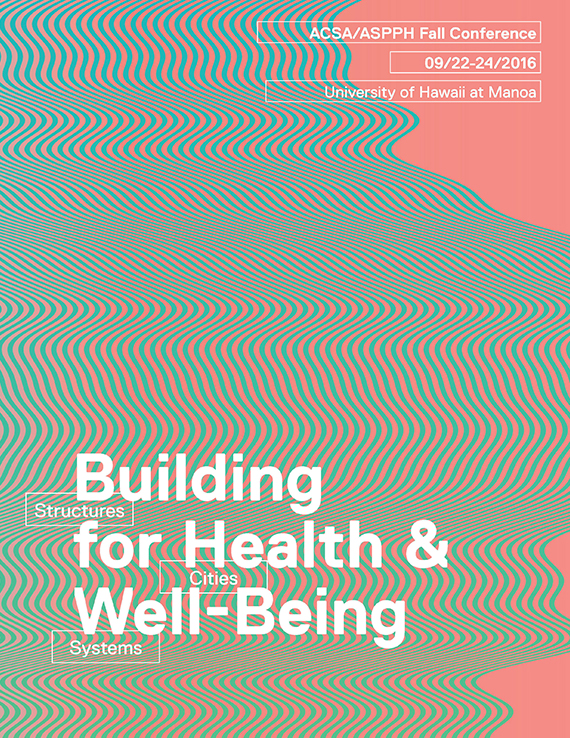Author(s): Biayna Bogosian & Maider Llaguno-Munitxa
As urban citizens, we are often exposed to highly pollutedenvironments. However, despite the growingaccess to sensing technologies, urban environmentaldata is still not openly available to the public. Lackof availability of air pollution data not only abstractsthe sensitivity of environmental issues for the citizens,but also diminishes the overall understandingof the relationship between urban parameters andpollutant concentrations.In response to these challenges, this paper arguesthat, in order to better understand urban environmentalconditions, we must first work withhigh-resolution spatio-temporal air pollution data.We argue that collective mobile sensing methodswith the use of low-cost and technically accessibledevices have the potential to provide sufficientspatio-temporal air pollution data. We must theninvestigate alternative visualization strategies forbetter analysis of multivariable spatial data such as,air pollution. The goal is to enhance public awarenessand motivate subsequent initiatives to improveand promote urban health.This paper presents a case study developed andimplemented at the University of Southern Californiain the city of Los Angeles. Collective mobile sensingis performed through student engagement and theuse of bikes and UAV technologies. The results aredisplayed and analyzed through three visualizationstrategies i) GIS analysis ii) 3D spatio-temporal analysisand iii) video filtering analysis.
Volume Editors
Billie Faircloth, Howard Frumkin & Sara Jensen Carr
ISBN
978-1-944214-09-8

 Study Architecture
Study Architecture  ProPEL
ProPEL 
